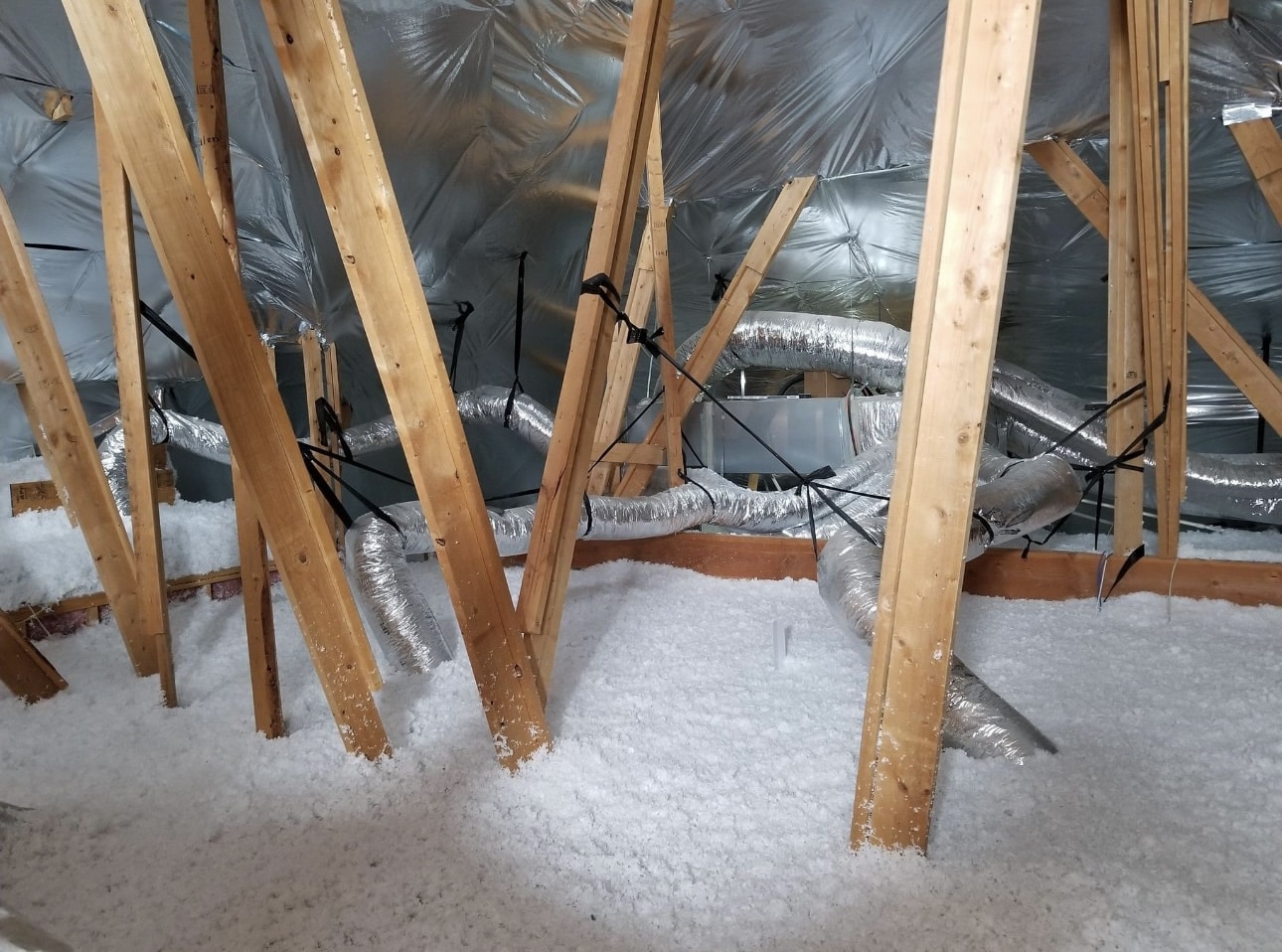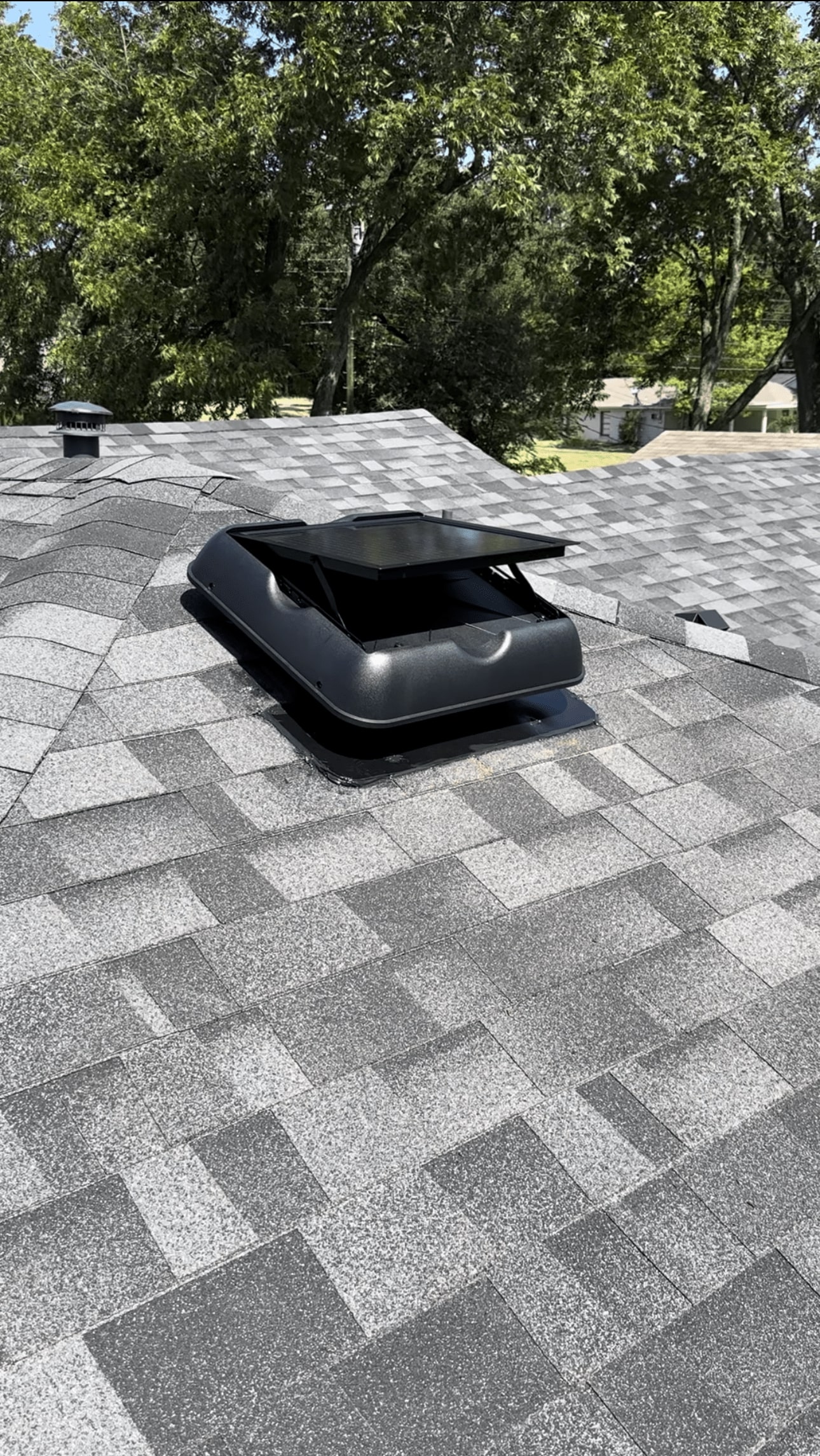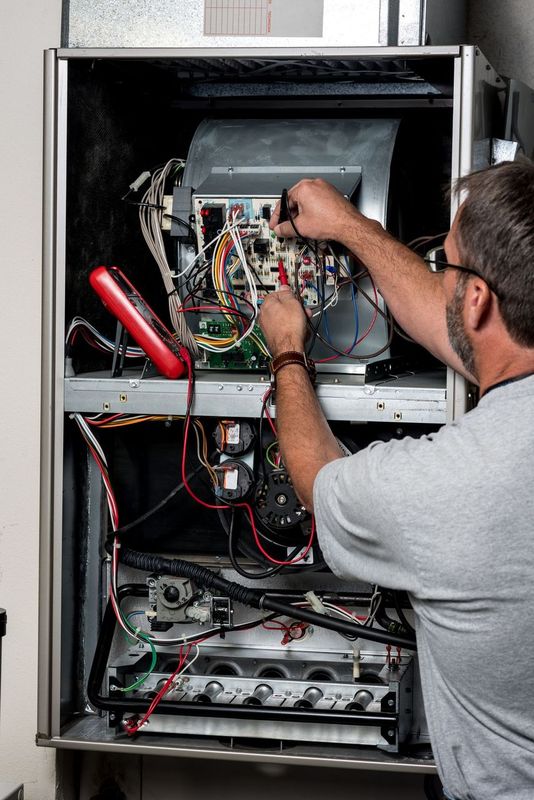Everything about Green Attics
Table of ContentsThe Only Guide to Green AtticsA Biased View of Green AtticsThe Only Guide for Green Attics8 Simple Techniques For Green AtticsThe Main Principles Of Green Attics Indicators on Green Attics You Need To KnowAll About Green Attics
Structure codes need that air areas in between smokeshafts and flooring or ceiling settings up through which they pass be sealed with a non-combustible fire stop (see Figure 5-3 and Figure 5-4). There is often a void between the celebration wall (such as the common wall in between systems in duplexes, triplexes and row houses) and the edge of the attic floor.
A hefty polyethylene sheet which is caulked with acoustical sealant and stapled to the ceiling encloses the electric box. An electrical wire diverts from the electrical box and down with an opening right into an indoor wall surface. Holes around electric wires are loaded with caulking or foam sealant, and caulking seals voids along the top of the interior walls.
After air securing, attic room air flow is your 2nd line of defence against the water vapour that might have discovered its means into the attic. It guarantees a chillier, well-vented attic room less vulnerable to the development of ice dams at the eaves.
Things about Green Attics
You may need to situate roofing or soffit vents from outside if they are not clearly visible from inside the attic room. Residences with peaked roofings and available attics are the easiest to air vent by utilizing the proportion of 1 to 300. This ratio describes unobstructed vent location to the protected ceiling area.

The place of vents is as important as their number and type. Commonly, a combination of kinds and locations will work best. The complying with Components information the most effective strategy depending on your attic room type. After you have actually inspected the attic and performed any type of remedial work, emphasis first on air and dampness control.
See This Report on Green Attics
On the various other hand, spray foam uses air sealing and an initial layer of high top quality insulation that can be covered up to the desired RSI (R) degree. If the attic retrofit is being finished in conjunction with indoor restorations, the most convenient technique is to install a new, single air and vapour barrier on the bottom of the ceiling joists.
Spray foam or stiff board insulation can assist bridge the void in this area. Cut rigid board to fit between the ceiling joists and to expand from the outside wall top plate toward the attic.
Eliminate existing insulation from the location you are working with and set it away. Cut foam boards to fit comfortably in between the trusses. Caulk all edges, spaces and joints, see Numbers 5-10 and 5-13. Obstructions, such as electric cords, will certainly need cuts in the barrier; seal these carefully to make the barrier continual.
Spray foam professionals can set up closed-cell foam in between the joists to air seal and have a peek at this site include insulation at the same time to the ceiling. All existing insulation and dirt have to be removed first to permit for a good bond. A minimum of 50 mm (2 in.) is needed; top up with various other insulation after that.
Fascination About Green Attics
(https://disqus.com/by/greenatt1cs/about/)
This removes roof covering venting and develops what is called a hot roof covering, where the attic room becomes component of the conditioned (heated and cooled) residence space. This procedure may be suitable for some attics, yet do not proceed without authorization from your structure inspector, and afterwards only utilize a qualified spray foam specialist that recognizes with the procedure.
If there are obstructions above the joists, such as with a truss roof covering, it may be most convenient to put batt insulation right into the joist spaces and after that make use of loose-fill insulation to produce a full blanket of insulation above the joists and around all obstructions. Loose-fill insulation is additionally good by itself, particularly in uneven or obstructed spaces.

See This Report on Green Attics
Use frustrates in between each rafter area to avoid it from being blocked (see Number 5-11). Insulate over and below cross supporting, splitting or reducing the batt to fit the cross supporting as illustrated in Number 5-12. Alternatively, reduced one batt right into a collection of wedges and then fit a wedge under each support.
The first layer of batts need to be thick enough to entirely fill to the top of the joist room. The second layer can after that run perpendicular throughout the joists to obstruct any warmth flow via and around the joists (see Figure 5-13). HVAC installation. Ensure that there are no spaces in between the two layers of insulation
Apply covering insulation similarly as batts. It might be pre-cut with a knife or cut right away. Start at one end of the attic and spread out the covering. Number 5-11 Baffles can be used to maintain air flow with the soffit vents Text variation Exploded view of baffles between attic roofing system joists with arrowheads showing air activity traveling from the exterior, through a vent in the ceiling overhang, and over the baffles.
Green Attics Fundamentals Explained
Number 5-13 The leading layer of insulation runs vertical to the bottom layer Text variation Picture of layers of batts of insulation between and over attic room joists. Batts on top of joists are vertical to batts in between joists. A polyethylene sheet is laid under both layers of insulation and affixed to the top of attic room joists by caulking and staples.

If the loosened fill is much deeper than the joists, construct insulation structure (a baby crib) around the attic hatch so that it can be filled up to the edge (see Figure 4-7). The bags of insulation material will certainly detail the amount of square metres (or square feet) each bag ought to cover to supply the needed RSI worth.
The Single Strategy To Use For Green Attics
If you are having a specialist do the work, calculate the RSI worth that you desire and inspect the bags of insulation to be utilized. They should indicate the location that a person bag will cover at the selected insulating worth. You and the specialist ought to then concur on the complete number of bags to be used, the anticipated protecting value and the minimal settled deepness of insulation throughout the attic, based on a details thickness.